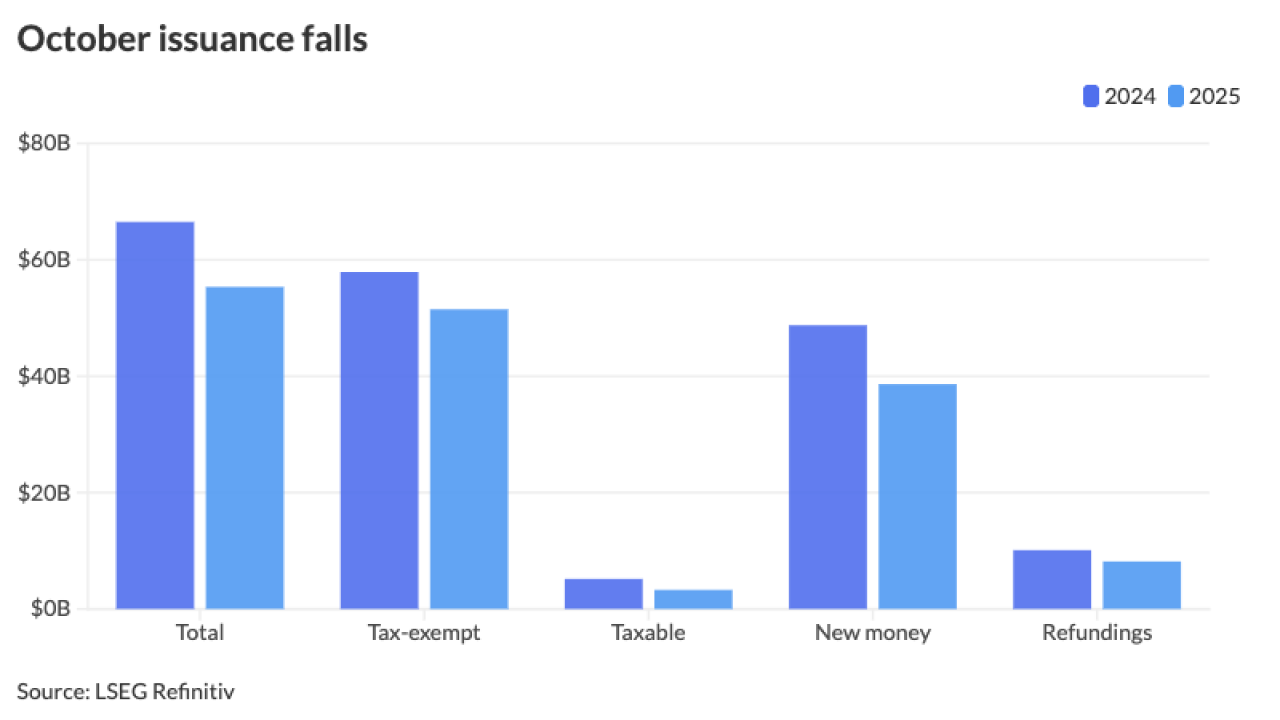



It looked and felt to screen watchers late last month like the sequel to Man of Steel had arrived prematurely. This time, though, General Zod seemed to set his sights on the bond market, recruiting an army of bond fund managers to annihilate everything from one-year Treasuries to 30-year corporate and municipal bonds. Over the three trading days following the June Fed meeting, yields on benchmark municipal bonds increased by 60 basis points, the largest move over a three-day period in more than 25 years.
Behind the move was relentless selling by bond funds, which experienced record outflows during June of more than $50 billion. The selloff reached a peak on the morning of Tuesday, June 25, and then, with 3.5% 10-year and 5% 30-year muni bonds trading at or below par for the first time in several years, miraculously, the market reversed. A furious rally ensued, taking yields back down almost half a percentage point.
Had fund managers gone mad and immediately bought back all the bonds they were selling over the previous three days? It turns out not. An analysis of market data from both the Municipal Securities Rulemaking Board and BondDesk Group shows that the man of steel who stopped the speeding locomotive and then changed its course was none other than the humble retail investor.
Turning the Tide
Everyone knows that retail investors play a major role in the municipal bond market, owing to the lack of any tax advantage for institutional players such as pension funds, endowments, and foundations, which are already tax exempt. But the power of retail investors to turn the tide in munis was never before as evident as it was last month.
The accompanying chart shows the daily median yield for intermediate term maturities of municipal bonds during the month of June. In each case, yields spiked to a peak above 3.5% on Tuesday, June 25, and then dropped sharply down to previously-existing levels.
When we look at trading activity on the BondDesk ATS, the leading retail platform for municipal bond trading, a similar pattern emerges. Trading volume climbs to a record on Tuesday, June 25 and the ratio of buying vs. selling also spikes, indicating that retail investors swarmed in to purchase 10-year munis following the historic three-day rise in yields. The accompanying charts show day-by-day June trading volume on the BondDesk ATS and the corresponding ratio of purchases to sales by investors. The buy-sell ratio reached 4 to 1 at the market turn in conjunction with the volume record, more than double the typical pattern.
An extremely high level of retail buying at the peak in yields is even more evident when we examine activity in an actively-traded 30-year municipal security: New Jersey Turnpike Authority Revenue Bonds due in 2043, carrying a coupon of 5%. As prices for the 5% security dipped below par that Tuesday, an enormous surge of retail buy orders pushed prices higher and yields lower once again. The accompanying chart vividly illustrates the surge of buying by retail investors as the security dipped below par.
Got Your Back
So if retail buying is what turned the market around on June 25, why did prices remain firm and yields flat in the days that followed? Simple. When dealers know investors have their back, they are much more willing to step up to the plate and support the market. Many dealers are operating with depleted capital due to well-publicized regulatory constraints, making the impact of swings in investor sentiment even more significant to the muni market today than they were in the past.
Whether the recent bottom in muni prices will prove temporary or long-lasting is hard to say; we are still at a historically low point in the interest rate cycle. But we have certainly learned one thing from the recent events in the muni market. The next time the evil Zod and his army of bond sellers come into the market in force, we can look to the steely retail investor to save the day once again.





